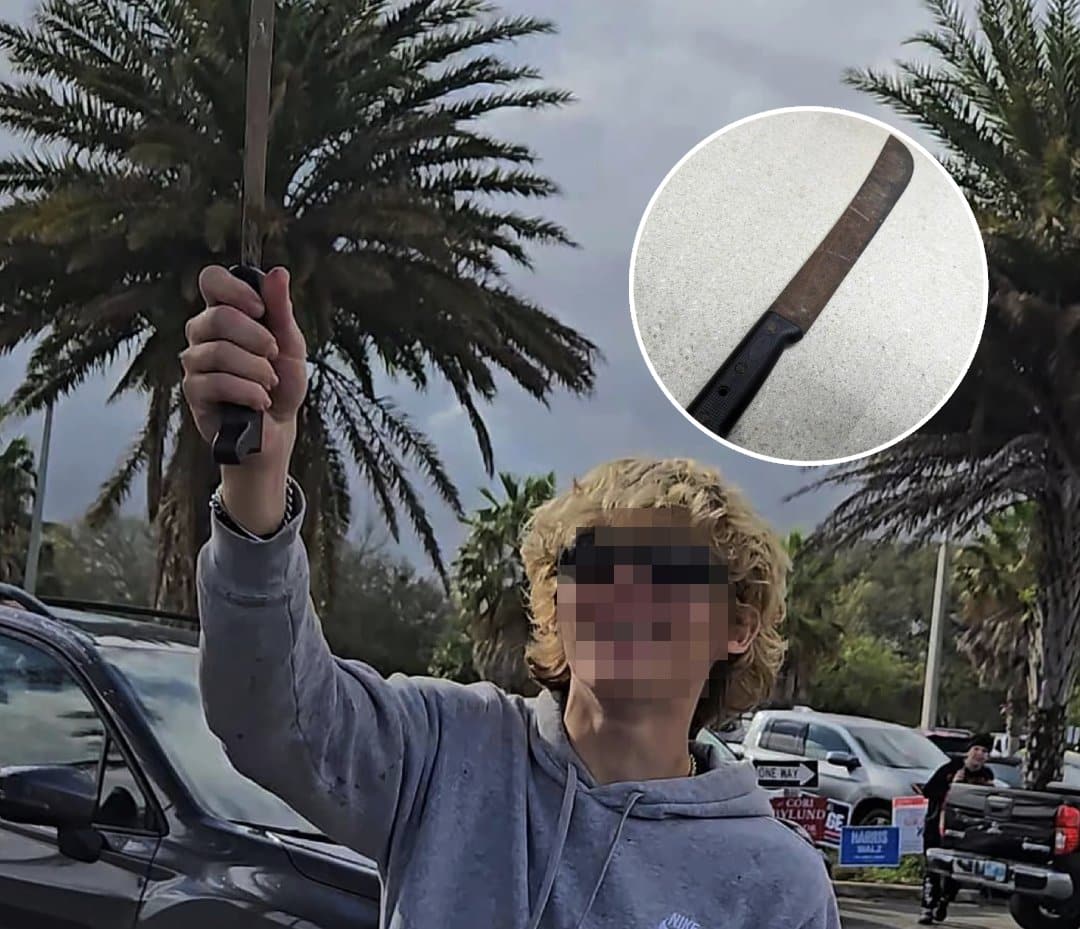Does your kid like Greek mythology and like music? Well try out this super fun Greek mythology inspired shoebox lyre craft! Learn all about the Greek myth behind the lyre and some of the instruments history! Kids of all ages will have so much fun, not only learning, but making their very own musical instrument, the shoebox lyre! This Greek Mythology: shoebox lyre craft is great whether you’re making it at home or in the classroom.

This craft is great for kids in elementary school or older and can be used both at home and in the classroom! Kids will love customizing and learning how to make their own instrument. By making their own shoebox lyre craft, kids will learn about Greek mythology, music, and a little bit of history all while expressing their creativity. If you want to know what some lyre music sounds like, there is a video at the end of the article!
Kids Greek Mythology lyre shoebox craft
Do you want to make your own lyre out of a shoebox? Here’s a fun guide on how to make it!
This article contains affiliate links.
Supplies to make your own shoebox lyre craft

How to make your own Shoebox Lyre craft
Step 1
Gather your supplies together and prepare your work area for the craft.
Step 2

Take your shoebox and measure about two inches from the top edge.
STep 3

Draw on a circle and cut it out with the help of an adult.
Step 4

If the shoe box has any holes on the sides or lid, cover them with paper. Glue or tape the paper into place on the inside of the box so it doesn’t show.
Step 5

Get your paints together and paint the box brown. If your shoe box is a darker color, it may take a couple coats to get the color opaque.
Step 6

Once the brown paint has dried, take a thin bristle brush and paint some around the hole in whatever colors you’d like! I did some abstract swirls, dots, and other designs. Feel free to get creative with your designs and their placements!
Step 7

After all the paints dried, take four or five thumbtacks and stick them into the box towards the top of the box. Make sure the thumbtacks are lined up in a straight line.
Step 8

On the inside of the lid, use hot glue to glue the thumbtacks into place.
Step 9

Take three to five more thumbtacks and push them into the box below the hole parallel to the first row of thumbtacks. Make sure to glue them into place!
Step 10
Take some rubber bands and glue them onto the bottom portion of the box then loop them around the thumbtacks. Be extra careful on this step so you don’t accidentally hurt yourself or break the rubber band!
Finished shoebox lyre craft

Now our shoebox lyre craft is all finished! It looks awesome! What sort of music will you play with it? Let us know in the comments below!
tips to make your own shoebox lyre
- Use a ruler or straight edge when putting the thumbtacks into your lyre to ensure that they’re all lined up perfectly.
- To speed up the paint drying, use a hair dryer to help the paint dry faster!
- Try using different sized rubber bands to see what different sound they make when you play your shoebox lyre.
- Use the end of a pen or pencil to help push the hot glue into place when gluing down the thumbtacks.
My experience with this craft
I have had this craft on my list of ideas for awhile and I have finally gotten around to doing it! I was very excited to make this craft ever since I got the idea when reading the Homeric Hymn to Hermes (you can read a shortened version of it in the “Where Does the Lyre Come From?” section below).
I thought that kids would love to make their own instruments, but I wanted to do something more interesting than the typical shoebox guitar craft that I had done when I was a kid. I thought that making a craft inspired the lyre would be perfect!
When it came to making this craft, it was smooth sailing for most of the process. I had a good time painting the shoebox, making the design, and writing this article. However, when it came time to string the rubber bands over the thumbtacks I had some issues. Trying to string the rubber bands over the thumbtacks was pretty difficult and took a lot of patience, but after some trial and error (and a couple instruction re-writes), I finally figured it out. I did have to cut the sting number down from five to three to get it to work, but I think it still works pretty good!
Where does the lyre come from?
A lyre is a type of stringed instrument that typically has seven or more strings. The origins of the Lyre can be traced back thousands of years! Want to learn more about its origins? Keep reading the rest of this article!
(sources will be linked at the very bottom of the page)
Sumerian Bull Lyre
According to the Smith College Museum of Ancient Invention, one of the oldest lyres is the Bull Lyre from ancient Sumer, one of the earliest known civilizations, located in modern Iraq.
The Bull Lyre was dated to approximately 3200 BCE and was found in the ancient city Ur inside of a royal cemetery. The lyre also found alongside two other lyres, one called the Heifer Lyre and the other called the Stag Lyre. The Bull lyre was the largest and had a bass tone, the Heifer Lyre was medium sized and had an tenor tone, and the Stag Lyre was the smallest and had an alto tone.
The design of the lyre appears to be similar to that of a harp, so researchers believe that it may have been derived from the design of the harp.
The Lyre in Ancient Greece
The lyre is most famously associated with Ancient Greece due to it’s depiction in most Ancient Greek art. Greek lyres were typically made of wood, bronze, ivory, and/or bone and consisted of seven strings.
In Greece, the instrument is believed to have been played since the Bronze Age (2000 BCE) era of Greece. Two examples from Minoa (1420-1300 BCE) and Thebes (1250-1200 BCE) show art of lyre players, scholars believe this implies that the lyre was a long standing motif in ancient Greek culture. Further evidence of the instrument has been found all over ancient Greek archeological sites.
The lyre itself was considered by the ancient Greeks to be a highly important aspect of society and an important part of ones education. Many Greek gods and heroes were depicted with the lyre, such as the hero Achilles who was taught how to play the lyre by the centaur Cheiron. Unsurprisingly, the lyre was also associated with Apollo and the Muses, the god and goddesses of music and the arts.
The Homeric Hymn to Hermes
According to Greek mythology, Hermes, the messenger of the gods, had invented the lyre when he was just a few days old. Based off the Homeric Hymn to Hermes, he had found a tortoise shell outside of his mother’s cave and turned it into a new instrument by using some reeds and string.
Little Hermes then used the lyre to steal Apollo’s, the god of the sun and music, sacred golden cattle. The beautiful tune of the lyre let Hermes lead the cattle into a cave where he could keep them hidden. Eventually Apollo noticed his cattle was missing, so he went in search of them. He found Hermes and knew that he had something to do with the missing cattle! Apollo took young Hermes to Zeus, the king of the gods and both of their fathers, and demanded that he do something about this, telling Zeus the whole story. Zeus cracked up laughing, he thought the idea of a baby stealing cattle was hilarious!
Seeing Apollo’s frustration, and getting a good enough laugh from the whole ordeal, Hermes decided to tell Apollo where the cattle was, but for a price. Apollo must give Hermes and his mother a home on Mount Olympos. Apollo wasn’t convinced until Hermes promised to give him the new instrument he invented, called the “lyre,” in addition to his cattle. Apollo agreed!
From then on, the lyre became the master of the lyre. The instrument was also regarded as one of Apollo’s most prominent symbols.
What does the lyre sound like?
If you want to know what the lyre sounds like, here is a video of someone playing the lyre harp!
Prep Time
10 minutes
Active Time
1 hour
Total Time
1 hour 10 minutes
Difficulty
Medium
Estimated Cost
$15
Materials
- Shoebox
- Rubber bands
- Thumb tacks
- Glue
- Paint
- Paint brushes
- Scissors or exacto knife (adult use only)
- Ruler
- Paper
Tools
- Ruler
- Paint Brushes
- Scissors or exacto knife
Instructions
1. Gather your supplies
2. Measure about halfway down, cut a hole in the box with the help of an adult.
3. If the shoe box has any holes, cover them with paper and glue the paper into place on the inside of the box.
4. Paint the entire box white except for the bottom.
5. Once the white paint dries, paint the shoe box any shade of brown.
6. Once the brown paint has dried, take a thin bristle brush and paint some designs around and under the hole.
7. After all the paints dried, take seven thumbtacks and stick them into the box towards the top of the box. Make sure the thumbtacks are lined up in a straight line.
8. On the inside of the lid, use hot glue to glue the thumbtacks into place.
9. Take some rubber bands and glue them onto the bottom portion of the box then loop them around the thumbtacks.
MORE HISTORY FUN AND ACTIVITIES FROM KIDS ACTIVITIES BLOG
Sources
Cartwright, Mark. “Lyre.” World History Encyclopedia. www.worldhistory.org#organization, March 29, 2023. Last modified March 29, 2023. Accessed October 28, 2023. https://www.worldhistory.org/Lyre/.
“Homeric Hymn to Hermes.” Topostext. Aikaterini Laskaridis Foundation, Piraeus, Greece, January 1, 1970. Last modified January 1, 1970. Accessed October 28, 2023. topostext.org/work/357.
“Sumerian Bull Lyre.” Smith College Museum of Ancient Inventions: Sumerian Lyre. Smith College Museum of Ancient Inventions, n.d. Accessed October 28, 2023. www.smith.edu/hsc/museum/ancient_inventions/hsc02b.htm#:~:text=The%20lyre%20was%20invented%20by,bridge%20attached%20to%20the%20box.

 PARENTING TIPS
PARENTING TIPS







 PREGNANCY
PREGNANCY








 BABY CARE
BABY CARE








 TODDLERS
TODDLERS








 TEENS
TEENS








 HEALTH CARE
HEALTH CARE







 ACTIVITIES & CRAFTS
ACTIVITIES & CRAFTS








 CONTACT
CONTACT ABOUT
ABOUT
















